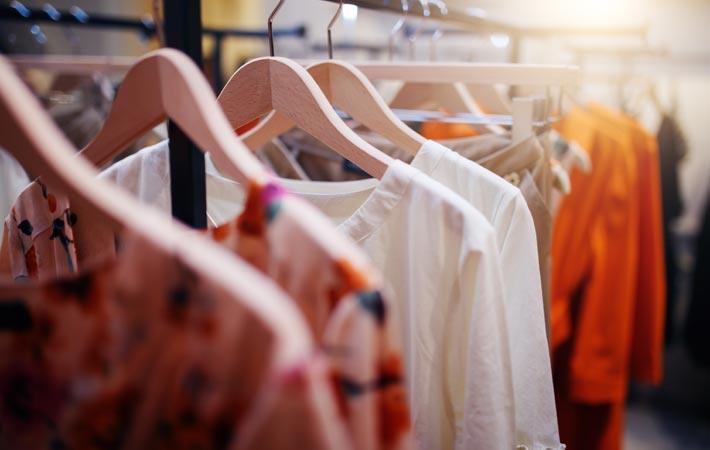Apparel firms in Laos are facing several problems ranging from shortage of skilled labour to survival, according to the Association of the Lao Garment Industry. Customers want quality and the manufacturers have little power to bargain the buying prices as their costs rise, association president Xaybandith Rasphone told its eighth general assembly last month.
Shortage of skilled labour is chronic, resulting in the reduction of garment exports, he said.Apparel firms in Laos are facing several problems ranging from shortage of skilled labour to survival, according to the Association of the Lao Garment Industry. Customers want quality and the manufacturers have little power to bargain the buying prices as their costs rise, association president Xaybandith Rasphone told its eighth general assembly last month.#
The association intends to boost the garment sector by cooperating with relevant government departments and collaborating with garment entrepreneurs in the region, according to a report in a Cambodian newspaper.
The local industry is in an advantageous position in terms of investment and marketing compared to regional neighbours like Vietnam, Cambodia and Myanmar, the association feels.
The Vietnamese Government has stopped expansion of its garment industry and shifted investment to the technology sector while Myanmar has a problem with high electricity tariffs.
Laos is unable to compete globally due to a lack of domestic raw materials and the high transportation costs with no direct sea routes, according to the association.
In 2015, Laos had 92 garment factories, out of which 78 are operating now. Seven of these are owned by businessmen from the country, seven are joint ventures and the rest are owned by overseas interests.
The Japanese are large investors in the garment sector, followed by the Thai. At present, 50 factories are members of the association with 40 manufacturing exclusively for export and six catering to the domestic market as well as exports.
Laos’ garment exports hit $174.23 million in 2016, down by 7.25 per cent from 2014. The main export markets are the European Union, Japan, the United States and Canada.
Korean, Chinese, Australian and New Zealand markets are still small despite Laos receiving trade preference as compared to China and the ASEAN market. (DS)
Fibre2Fashion News Desk – India
